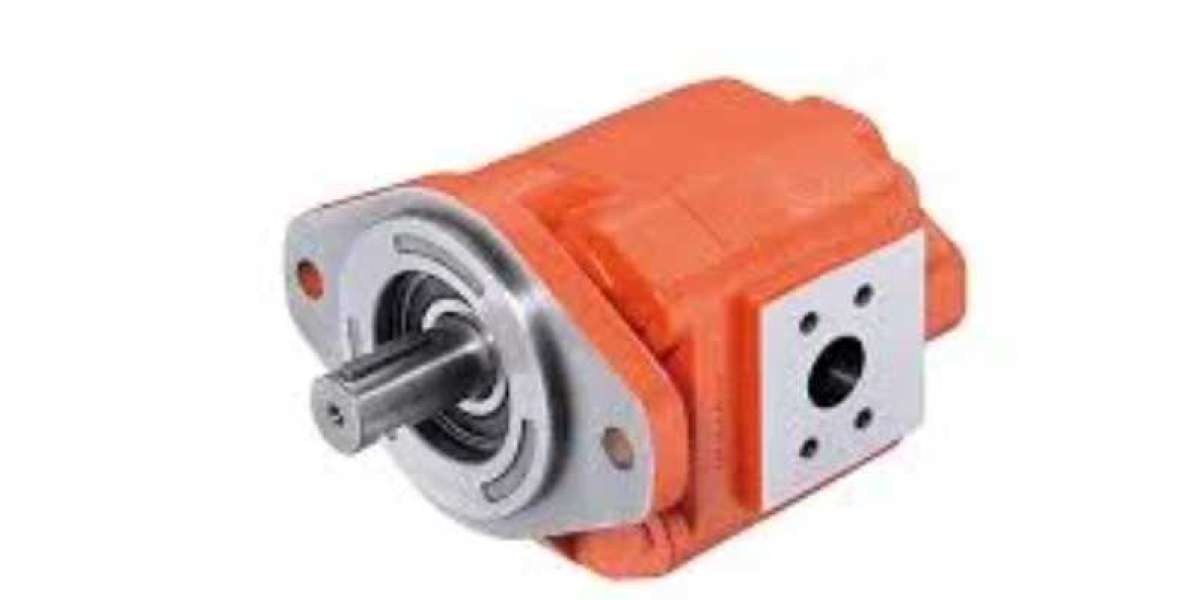Hydraulic motors are widely used in various industries for converting hydraulic energy into mechanical energy. They are commonly found in heavy machinery, construction equipment, and industrial applications. Understanding the torque of a hydraulic motor is crucial for designing and optimizing hydraulic systems. In this blog, we will explore the concept of torque and discuss how to calculate it for a hydraulic motor.
1. Understanding Torque
Torque is a measure of the rotational force applied to an object. In the case of a hydraulic motor, torque represents the force that drives the rotation of the motor's output shaft. It is typically measured in units of Newton-meters (Nm) or foot-pounds (ft-lb). Torque is essential for determining the motor's ability to perform work and is influenced by various factors such as pressure, flow rate, and motor efficiency.

2. Basic Formula for Torque Calculation
The torque produced by a hydraulic motor can be calculated using the following formula:
Torque (Nm) = Pressure (Pa) x Displacement (m³) / Motor Efficiency
Pressure: The hydraulic pressure acting on the motor is a crucial parameter for torque calculation. It is typically measured in Pascals (Pa) or pounds per square inch (psi). The pressure can be obtained from the hydraulic system specifications or by using pressure gauges installed in the system.
Displacement: The displacement of a hydraulic motor refers to the volume of fluid it can displace in one revolution. It is usually measured in cubic meters (m³) or cubic inches (in³). The displacement value can be found in the motor's technical specifications provided by the manufacturer.
Motor Efficiency: The efficiency of a hydraulic motor represents the ratio of output power to input power. It is expressed as a percentage and can vary depending on the motor's design and operating conditions. Motor efficiency values can also be obtained from the manufacturer's specifications or through testing.
3. Example Calculation
Let's consider an example to illustrate the torque calculation for a hydraulic motor. Suppose we have a hydraulic motor with a displacement of 0.05 m³/rev, operating at a pressure of 2000 Pa, and an efficiency of 85%.
Using the formula mentioned earlier, we can calculate the torque as follows:
Torque (Nm) = 2000 Pa x 0.05 m³ / 0.85
Torque = 1176.47 Nm
Therefore, the torque produced by the hydraulic motor in this example is approximately 1176.47 Nm.

4. Considering Efficiency
It is important to note that motor efficiency plays a significant role in torque calculation. A higher efficiency motor will produce more torque for the same pressure and displacement values compared to a less efficient motor. Therefore, when selecting a hydraulic motor for a specific application, it is crucial to consider the desired torque output and choose a motor with an appropriate efficiency rating.
5. Additional Factors Affecting Torque
While the basic formula mentioned earlier provides a good starting point for torque calculation, there are additional factors that can influence the actual torque output of a hydraulic motor. These factors include:
- Viscosity of the hydraulic fluid: The viscosity of the fluid affects the motor's efficiency and can impact the torque output. Higher viscosity fluids may result in reduced torque due to increased internal friction.
- Temperature: Hydraulic motors can experience changes in torque output with temperature variations. It is important to consider the operating temperature range and select a motor that can maintain consistent torque performance.
- Load and speed: The torque required by a hydraulic motor depends on the load it needs to drive and the desired rotational speed. Higher loads or faster speeds may require a motor with a higher torque rating.
- System losses: Hydraulic systems can experience various losses, such as friction losses in pipes, valves, and fittings. These losses can affect the overall system pressure and, consequently, the torque output of the motor.

6. Conclusion
Calculating the torque of a hydraulic motor is essential for designing and optimizing hydraulic systems. By understanding the basic formula and considering factors such as pressure, displacement, and motor efficiency, engineers can accurately determine the torque output of a hydraulic motor. It is important to select a motor with an appropriate torque rating to ensure optimal performance and efficiency in various applications. Additionally, considering factors like fluid viscosity, temperature, load, speed, and system losses can further refine torque calculations and improve system design.








